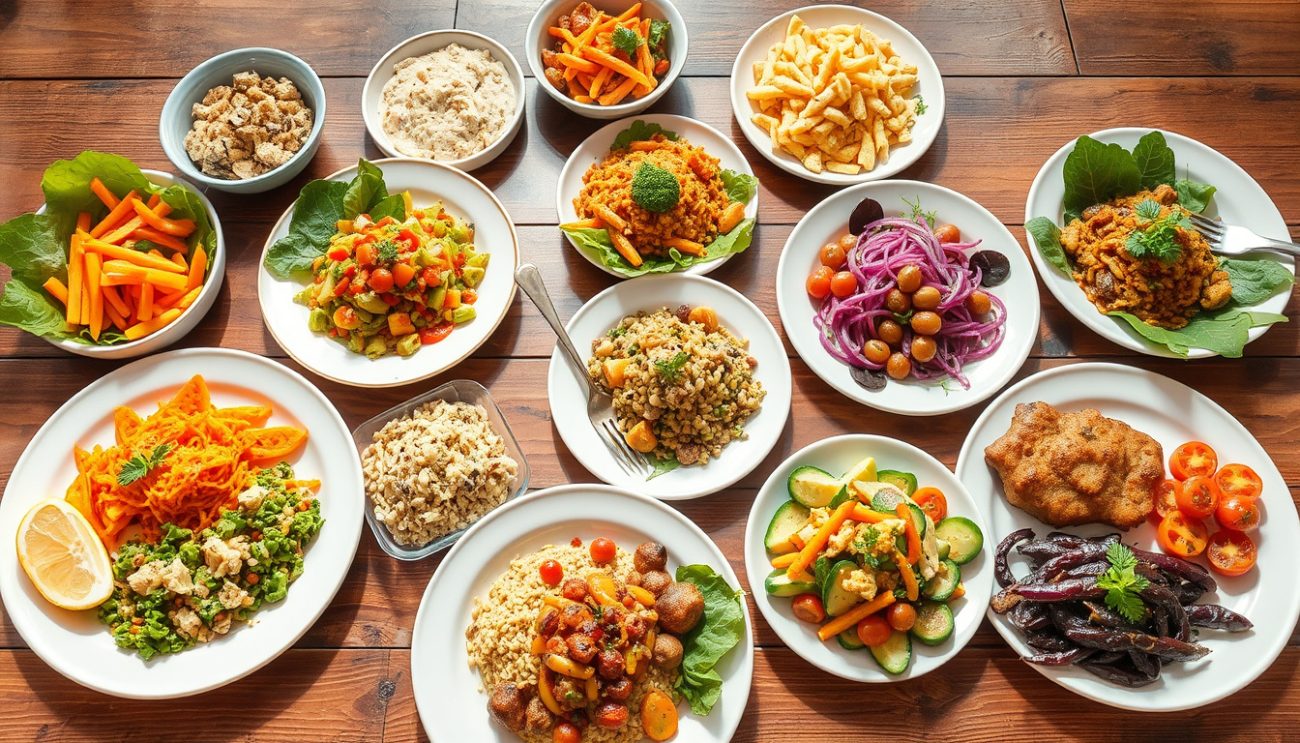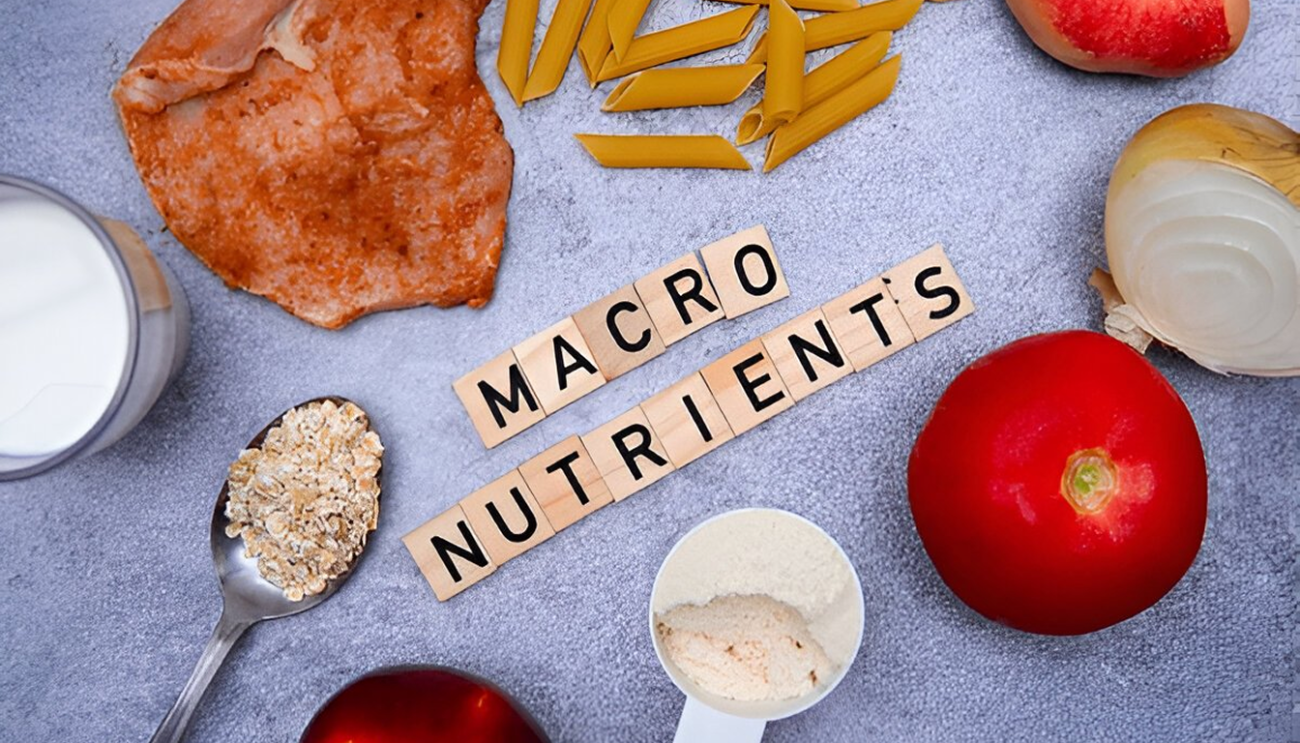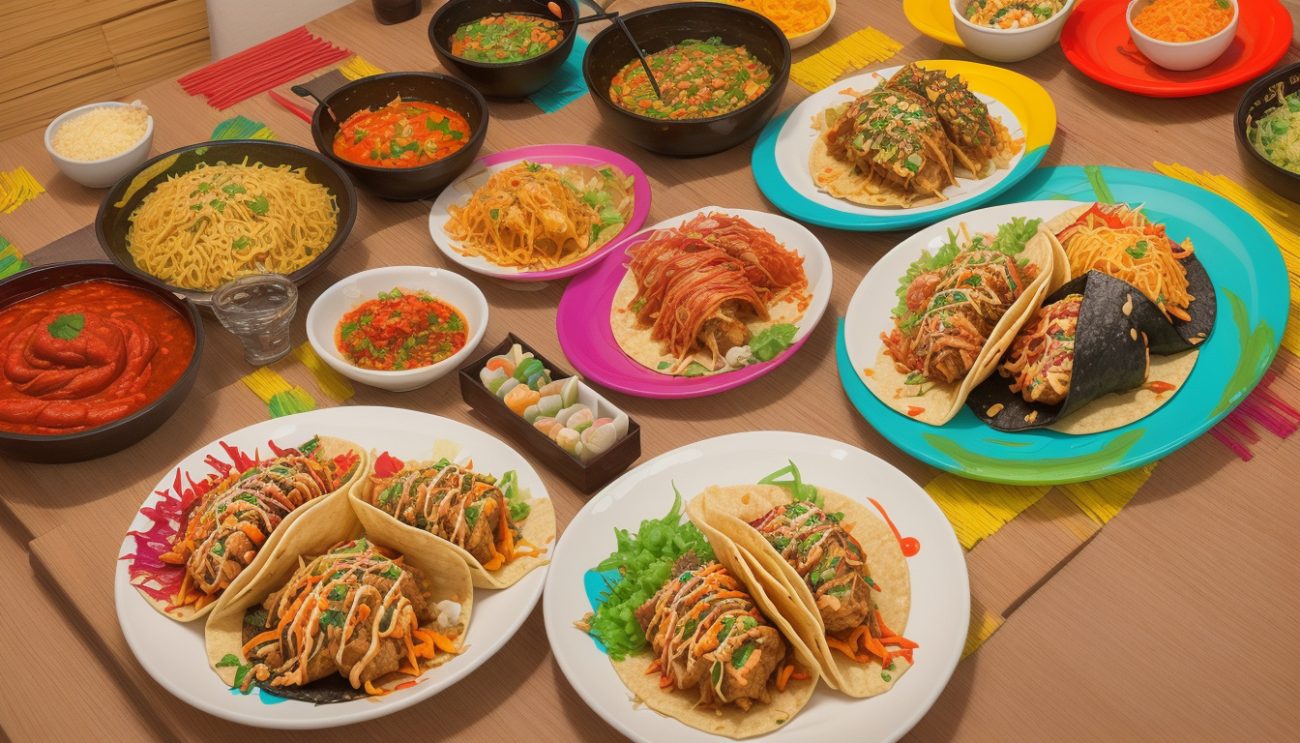A Culinary Journey: Exploring the Diverse and Rich Flavors of Regional Indian Cuisine
Indian cuisine is celebrated worldwide for its vibrant spices, rich aromas, and diverse flavors that reflect the country’s vast cultural tapestry. With over 1.4 billion people, dozens of languages, multiple religions, and 29 states, India
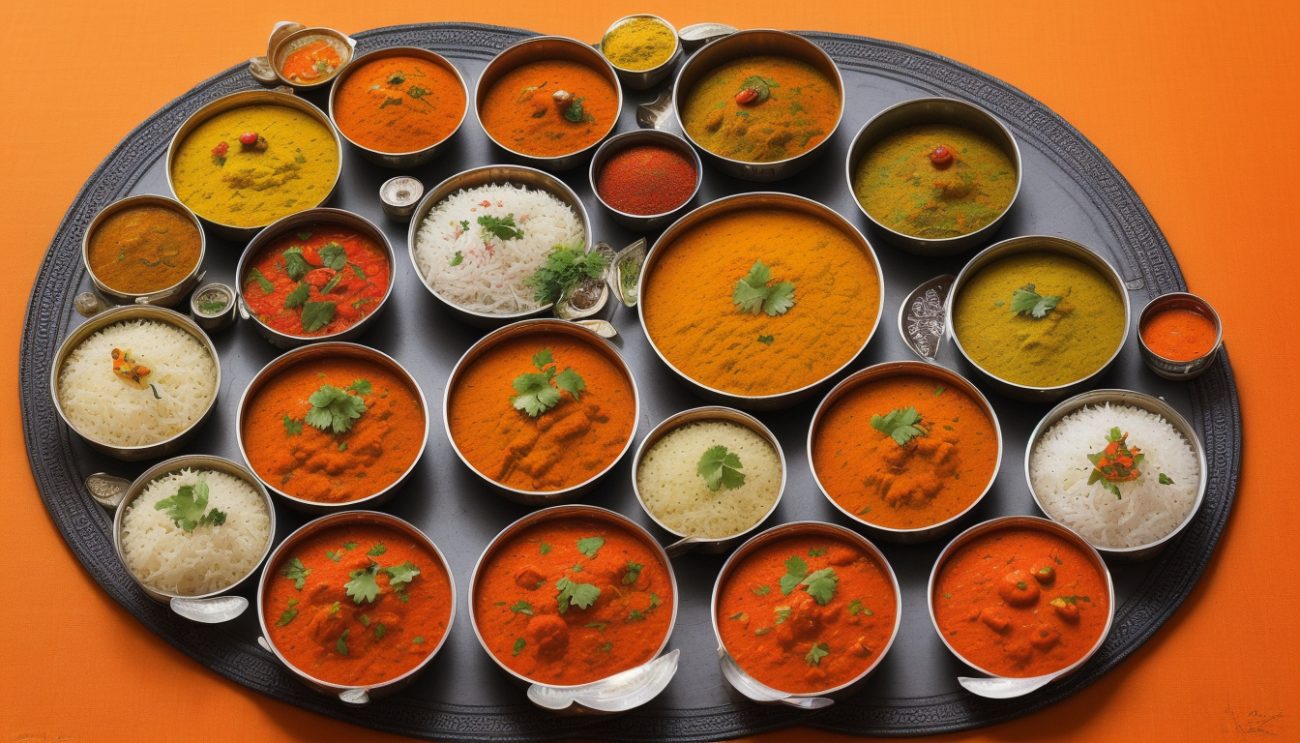
Indian cuisine is celebrated worldwide for its vibrant spices, rich aromas, and diverse flavors that reflect the country’s vast cultural tapestry. With over 1.4 billion people, dozens of languages, multiple religions, and 29 states, India offers an unparalleled culinary diversity shaped by geography, history, and tradition. This article takes you on a flavorful journey through India’s regional cuisines, exploring the distinct ingredients, cooking techniques, and iconic dishes that define each area.
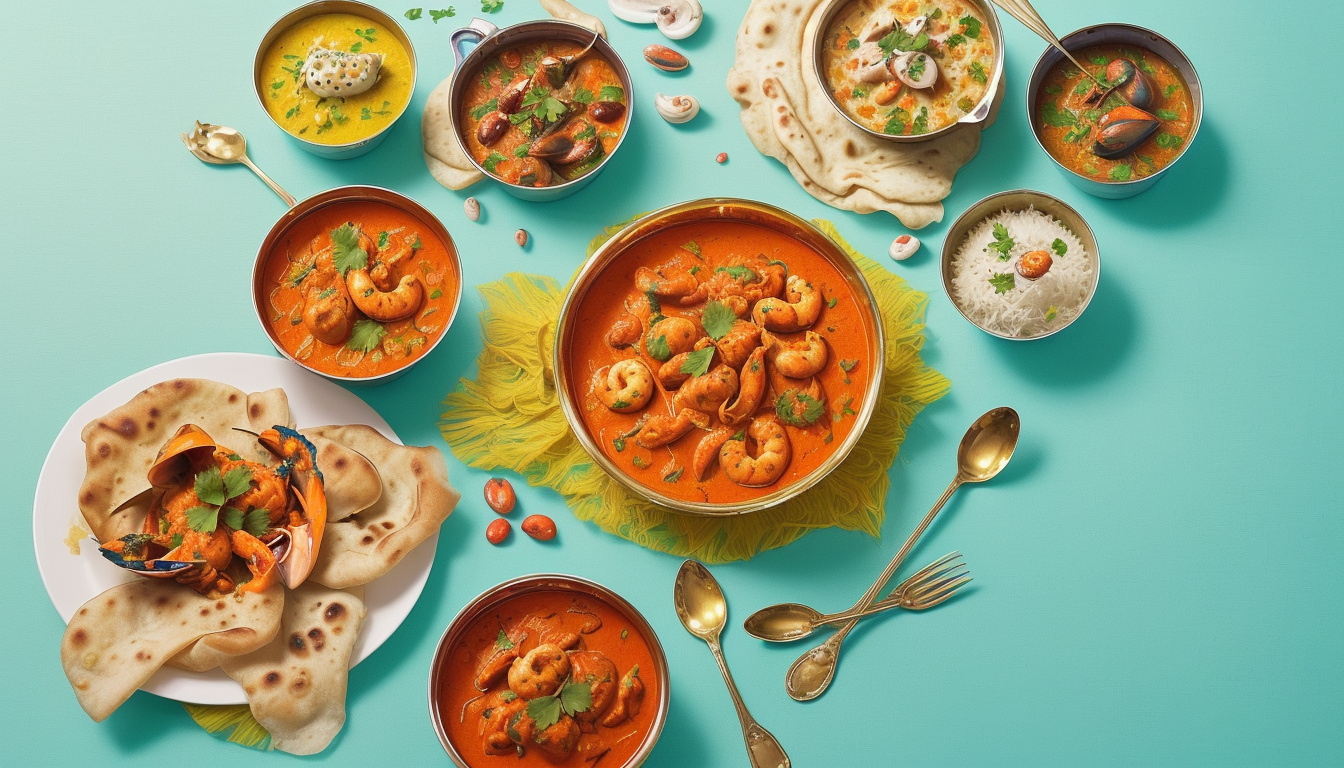
Understanding India’s Regional Culinary Diversity
The Indian subcontinent is divided into several regions, each with its own culinary identity influenced by climate, topography, agricultural produce, and cultural exchanges over centuries. From the snowy Himalayan north to the tropical southern coasts, the country’s cuisine is far more than butter chicken and naan. Here’s a detailed look at the key regional cuisines:
Northern Indian Cuisine: Rich, Robust, and Dairy-Based
The northern region, spanning the fertile Indo-Gangetic plains and the foothills of the Himalayas, is known for its hearty and aromatic dishes. The cooler, temperate climate favors wheat cultivation, making flatbreads like roti and naan staples. North Indian food has been significantly influenced by Mughal and Central Asian cuisines, introducing rich gravies, yogurt-based marinades, and the use of the tandoor (clay oven).
Key Characteristics:
- Extensive use of dairy products such as paneer (Indian cheese), ghee, and yogurt.
- Spices like saffron, turmeric, cumin, and garam masala blend to create warm, thick gravies.
- Popular dishes include tandoori chicken, butter chicken, palak paneer (spinach with cheese), and dal makhani (black lentil stew).
- Incorporation of dishes like momos from Tibetan influence detectable in northern Himalayan states.
Southern Indian Cuisine: Light, Rice-Based, and Coconut-Enriched
Southern India is a tropical paradise of coastal flavors characterized by lighter, spiced dishes incorporating rice, coconut, tamarind, and fresh seafood. The region’s cuisine is renowned for its fermentation techniques used in dishes like dosas (crispy rice crepes) and idlis (steamed rice cakes). The prevalent use of curry leaves, mustard seeds, and coconut oil contributes to distinctive aromas.
Key Characteristics:
- Rice as the dietary staple, complemented by lentils and a variety of chutneys and sambar (lentil stew).
- Generous use of coconut in forms such as grated coconut, coconut milk, and oil.
- Signature dishes include vindaloo (spicy Goan curry), meen moilee (Kerala fish curry), uttapam (thick rice pancake), and spicy seafood specialties in coastal areas.
- Ayurvedic principles often guide ingredient choices with an emphasis on balancing flavors and health.
Western Indian Cuisine: Varied Coastal Influences and Vegetarian Traditions
Western India presents a blend of arid and coastal influences. In states like Maharashtra and Goa, seafood dishes flourish, while Gujarat is notable for its largely vegetarian fare. The scarcity of fresh produce in some areas leads to reliance on dried lentils, millet, and barley.
Key Characteristics:
- Predominantly plant-based diets in Gujarat, featuring dishes like Gujarati thali – a platter with mixed vegetables, dals, and roti.
- Western coastal states like Maharashtra boast vibrant street foods, including vada pav (vegetable fritter sandwich), pav bhaji, and bhel puri (savory puffed rice).
- Use of pickled vegetables, chutneys, and coconut influence especially near the coast.
Eastern Indian Cuisine: Fish, Mustard, and Sweet Delicacies
The eastern states enjoy a humid climate with abundant water bodies, making rice and freshwater fish culinary staples. Mustard seeds and mustard oil strongly flavor dishes, along with unique fermented and pickled ingredients.
Key Characteristics:
- Fish curries such as machher jhol (spiced fish curry) are ubiquitous.
- Renowned for sweets like rasgulla (cheese-based syrup dumplings), ras malai (milk-soaked cheese patties), and payesh (rice pudding).
- Distinctive spice blends like panch phoron, a five-spice mix, provide aromatic depth.
- Vegetarian dishes and fried snacks like luchi complement the region’s flavorful palate.
Central Indian Cuisine: A Blend of Northern and Southern Flavors
Central India carries influences from both the north and south, shaped by its hot climate and mixed agricultural base. It features a balance of vegetarian and meaty dishes, with significant use of chili peppers for heat.
Key Characteristics:
- Kababs and meat dishes with strong Mughal influence.
- Vegetarian thalis featuring local greens, dals, and staple grains like millet and maize.
- Popular street foods include chaats, such as sev puri and dahi vada (fried lentil dumplings with yogurt).
Beyond Curries: The Bread Basket of India
Indian breads reflect the diversity of the country as closely as curries. North India is famous for tandoori-cooked breads like naan and stuffed parathas. South India’s fermented breads such as dosa and appam showcase rice’s dominance in the south. Regional variations bring unique favorites like Gujarat’s thepla (spiced flatbread) and Maharashtra’s bhakri (millet flatbread).
The Essence of Indian Cooking: Aromatic Spices and Techniques
Central to regional Indian flavors are the intricate spice blends and traditional cooking methods:
- Tempering (Tadka): Heating spices in oil to unleash their essential oils, forming the flavor foundation for many dishes.
- Garam masala: A warming spice blend of cinnamon, cardamom, cloves, cumin, and coriander.
- Region-specific blends like sambar powder in the south and goda masala in Maharashtra add local character.
- Techniques range from slow cooking, braising, smoking, marination, to sun-drying and pickling.
Food and Festivity: Culinary Traditions in Indian Culture
Indian food transcends nourishment to become a profound cultural expression. Festivals like Diwali and Holi feature regionally significant sweets and savory treats, while temple offerings incorporate traditional dishes as prasads. Weddings and religious occasions often showcase lavish feasts celebrating community and faith.
Conclusion
Embarking on a culinary exploration of India reveals a nation where food is a mosaic of history, geography, and culture. Whether savoring the creamy butter chicken of the north, the tangy seafood delicacies of the south, or the sweet treats of the east, each bite tells a story of a rich and enduring heritage. By appreciating the regional flavors and cooking artistry, one not only experiences the taste but also the soul of India.
This culinary journey invites you to expand your palate and explore the endless diversity Indian cuisine offers — a true reflection of the country’s splendid regional flavors.

